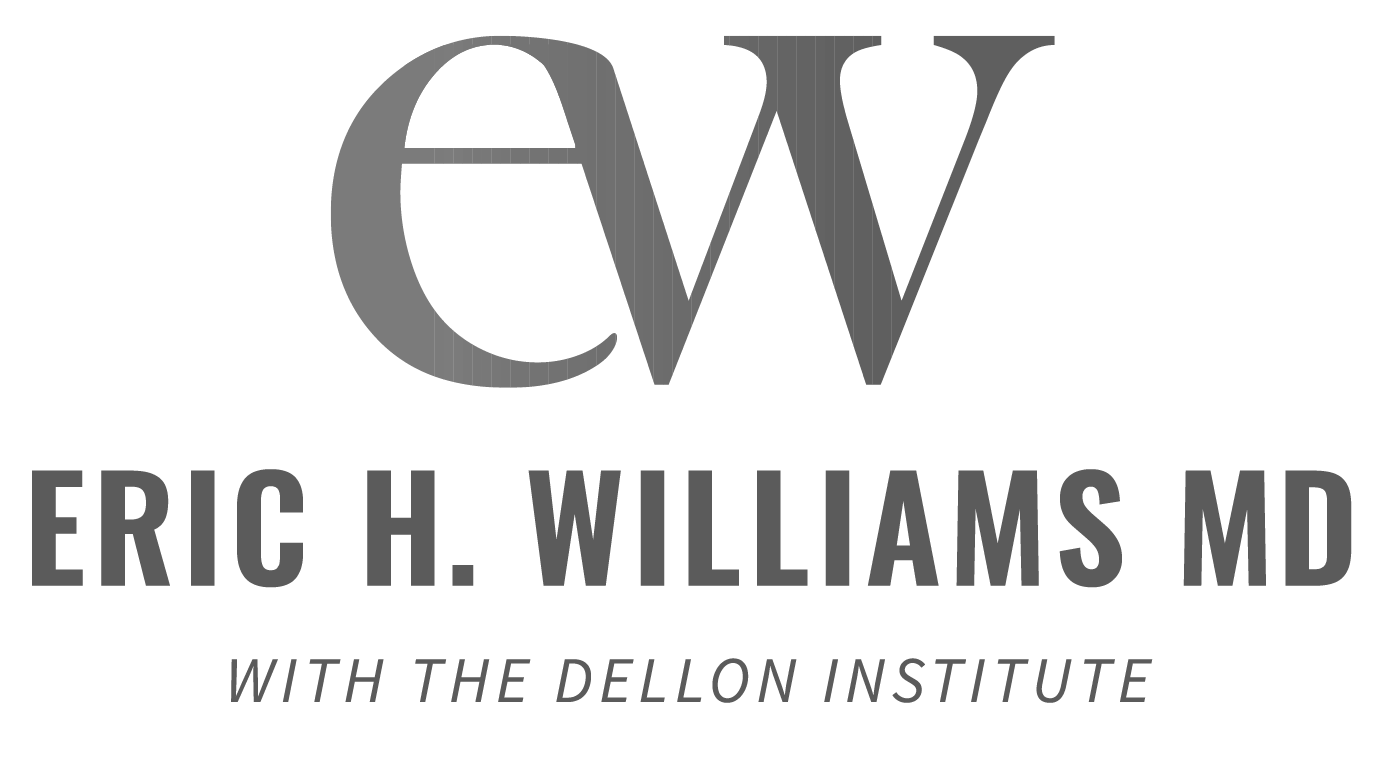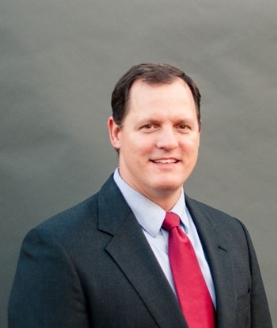News and Events
The 2018 ASPN Annual Meeting
.png)
Fron january 12-14, the American Society for Peripheral Nerve (ASPN) met in Phoenix, AZ for the organization's 2018 Annual Meeting. The host site for the meeting was the Arizona Biltmore Hotel.
Eric H. Williams, MD was pleased to participate in the ASPN event as an instructor for the Surgical Technique for Partial Joint Denervation course. Colleague Sami Tuffaha, MD also instructed, and A. Lee Dellon, MD, PhD, served as chair for the course.
During the session, the etiology of joint pain from nerve injury and the diagnostic block approach were reviewed for both upper and lower extremity joints – including the shoulder, elbow, wrist, knee, and ankle. Additionally, surgical techniques and outcomes of partial joint denervation were reviewed.
The goal for the course was for participants—upon completion—to have the ability to discuss joint pain with a neural origin; identify the innervation of specific joints; discuss the operative technique for partial joint denervation; and describe the clinical outcomes for specific joint denervation surgeries.
Other research presented at the ASPN meeting that Dr. Williams participated in was the "Surgical Management of Post-Traumatic Supraorbital and Supratrochlear Neuromas" paper he cowrote with Drs. Robin S. Yang, Karan Chopra, and A. Lee Dellon. This paper constitutes the first report of successful treatment of neuromas of the supraorbital and supratrochlear nerves by neuroma resection and placement of the proximal ends within the orbital cavity. The surgical technique provided satisfactory relief of neuropathic pain – without causing pain within the implementation site (with ocular movement). This work was presented to show options for patients who have severe pain above the eyes after an injury (due to peripheral nerve damage).
A third presentation involving work Dr. Williams contributed was in the "Outcomes of Surgical Treatment for Occipital Neuralgia – Sport Injury vs Blunt Trauma" poster (see below). As was the case with the "Surgical Management of Post-Traumatic Supraorbital and Supratrochlear Neuromas" paper, this work was done in conjunction with Drs. Yang, Chopra, and Dellon. The poster highlights Dr. Williams' experience in treating post-traumatic occipital nerve pain – a major cause of head and neck pain. It is intended to promote awareness of the fact surgical treatment can be a safe, effective technique for patients experiencing post-traumatic occipital neuralgia. Further, it looks at the difference between results for individuals who develop the condition on account of sports injury versus those who were involved in a motor vehicle collision.
.png)
As was the case in previous conferences and workshops, the ultimate goal for continuing to champion this particular subject is to improve the lives of patients who have failed orthopedic procedures and treatments—up to and including anthroscopy, fusion, or total joint replacement—and are still experiencing pain and difficulty in their lives. Denervation techniques may be able to benefit those who are in pain and seeking alternative options to reduce pain levels in and around shoulder, elbow, wrist, knee and ankle joints.
At this time, Dr. Williams would like to thank Dr. Dellon, the organizer of the course, for inviting him to participate and the ASPN for giving us the forum and opportunity to share our experience with partial joint denervation. This event is always invigorating because it enables medical specialists to hear about the good work colleagues from across the country are performing in the field of peripheral nerve treatment and research.
The ASPN was established in 1990 to provide a forum for the presentation of the latest research and relevant clinical information; stimulate and encourage study and research in the field of neural regeneration; and serve as a unifying authority on all areas of restorative neuroscience and neural regeneration.
The organization is formed by a diverse group of medical and scientific professionals, including neurosurgeons, plastic surgeons, orthopedic surgeons, general surgeons, physical therapists, hand therapists, and scientists. So many disciplines are represented on account of the overlap in the fields of neuroscience.
Dr. Williams looks forward to attending next year's ASPN meeting (although he is currently unsure if he will do so in a presenter or general attendee role).
2018 American Society for Peripheral Nerve (ASPN) Annual Meeting (Phoenix, AZ, January 2017)
Dr. Williams served as an instructor for the "Surgical Technique for Partial Joint Denervation" course at the 2018 ASPN Annual Meeting. Along with Dr. Sami Tuffaha, Dr. Williams reviewed the surgical techniques and outcomes of partial joint dennervation to an audience of peers. Points of the lecture focused on discussing joint pain with a neural origin, identifying the innervation of specific joints, discussing operative techniques for parital joint denervation, and describing clinical outcomes for specific joint denervation surgeries.
Notes from this course may help doctors with patients suffering from nerve pain in the shoulder, elbow, wrist, knee, and ankle. The 2018 conference was held at the Arizona Biltmore Hotel from Jan. 12-14, in Phoenix, AZ.
Surgical Technique for Partial Joint Denervation Workshop (Mayo Clinic, August 2017)

In the photo to the right, Dr. Williams stands with mentor and partner A Lee Dellon, MD, PhD (CENTER), and colleague Dr. Tim Tolstrup (RIGHT), at the Mayo Clinic (Rochester, MN). This particular picture was taken in the surgical skills lab after completing the first conference dedicated to teaching techniques for surgical denervation—removing the nerves generating pain, specifically to help those with chronic joint pain in the upper and lower extremities.
The first-of-its-kind workshop on partial joint denervation was held August 24-25, 2017.
Dr. Dellon, one of the workshop directors, has been a major pioneer in the field of helping solve some of the most difficult problems regarding chronic refractory joint pain by focusing on the nerves that actually go into the joints that transmit the pain signals to the brain.
Dr. Williams was privileged to assist Dr. Dellon in the “hands on” portion of the conference. This portion was held in the lab where the surgical techniques were taught firsthand to the physicians who attended the conference. It is incredibly gratifying to pass these techniques on to the medical community as physicians from four countries and seventeen states begin to explore this rewarding work.
We would like to extend a special thanks to the Mayo Clinic, Dr. Robert Spinner in the Department of Neurosurgery, and Dr. Richard Berger and his staff in the Division of Hand Surgery for playing a pivotal role and generously supporting Dr. Dellon’s work with their time, resources, and finances.
The ultimate goal of this work is to improve the lives of patients who have already failed other orthopedic procedures and treatments, up to and including total joint replacement or fusion. These techniques can also benefit those who are still in pain and looking for alternatives to reduce pain levels in and around the knee, shoulder, wrist, and ankle joints, and improve function.
The 22nd Annual Gabor Racz Advanced Interventional Budapest Pain Conference and Workshop (Budapest, August 2017)
 Pictured left are Dr. Agnes Stogicza (CENTER)—originally from Hungary, currently practicing in Seattle, and soon to be in Vancouver—and Dr. Roger Nora (RIGHT) from Brazil. Both were Faculty at the 22nd Annual Gabor Racz Advanced Interventional Budapest Pain Conference and Workshop, and they also played a huge role in making Dr. Eric H. Williams (the one and only plastic surgeon at the conference) feel welcome.
Pictured left are Dr. Agnes Stogicza (CENTER)—originally from Hungary, currently practicing in Seattle, and soon to be in Vancouver—and Dr. Roger Nora (RIGHT) from Brazil. Both were Faculty at the 22nd Annual Gabor Racz Advanced Interventional Budapest Pain Conference and Workshop, and they also played a huge role in making Dr. Eric H. Williams (the one and only plastic surgeon at the conference) feel welcome.
After the workshop on partial joint denervation at the Mayo Clinic, Dr. Williams traveled 4500 miles to Budapest, Hungary to spread the word about surgical techniques for denervation in and around the knee joint to relieve painful nerves for patients suffering from severe refractory chronic neuropathic knee pain.
Dr. Williams was humbled to have been invited to give a presentation to colleagues from around the world who were attending the conference. Dr. Williams’ goal for attending and presenting was to begin improving communication and to share diagnostic and surgical treatment options with the members of this prestigious group, which was comprised of experts in the field of interventional pain management from around the world. Most of the attending physicians were anesthesiologists and other specialists that create the field of interventional pain management.
Needless to say, there was lively conversation, and cross-fertilization of ideas as the two fields of peripheral neve surgery and interventional pain management collaborated to bridge gaps in the knowledge of how to diagnose and treat chronic refractory neurogenic knee and joint pain.



